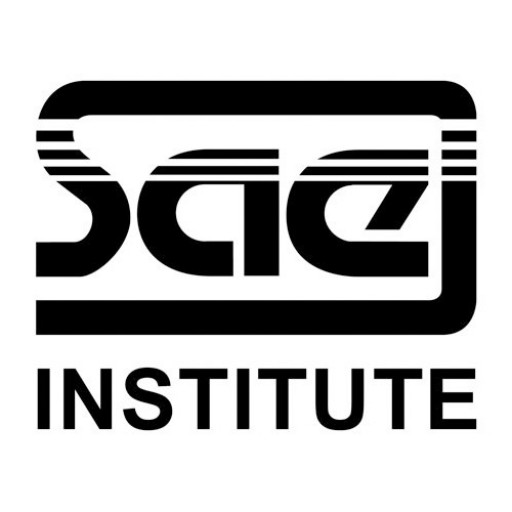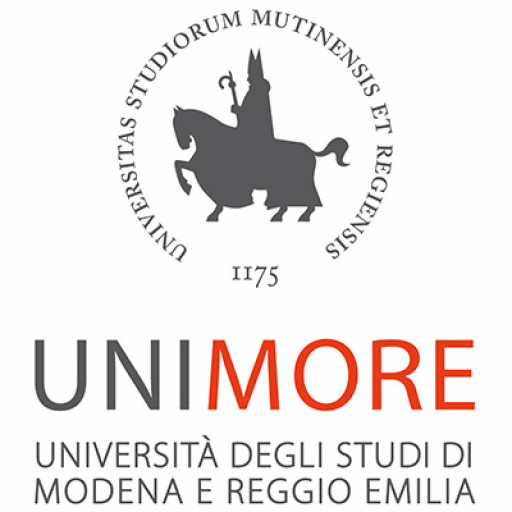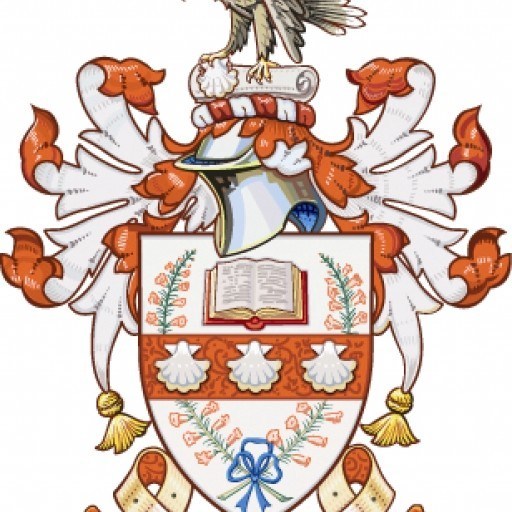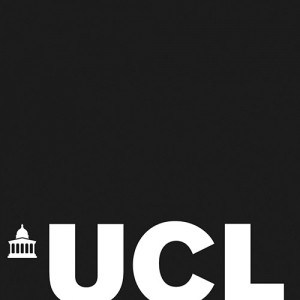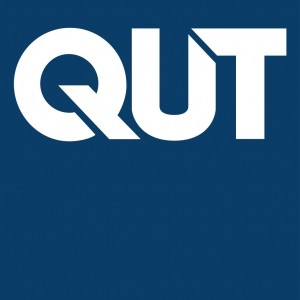Augmented and Virtual Reality at SAE Creative Media Institute offers students a comprehensive education in the rapidly evolving fields of immersive technologies. This program is designed to equip learners with the technical skills, creative insights, and industry knowledge needed to develop innovative AR and VR experiences across various sectors, including entertainment, education, healthcare, and beyond. Throughout the course, students will explore the fundamentals of 3D modeling, environment design, user interaction, and programming, using industry-standard tools and software such as Unity, Unreal Engine, and Blender. The curriculum emphasizes hands-on project work, encouraging students to apply theoretical concepts to real-world scenarios, fostering creativity and practical problem-solving abilities. Students will also gain insights into user experience (UX) design tailored for immersive environments, ensuring their creations are not only visually compelling but also highly engaging and intuitive to use. The program also covers emerging trends and future developments in augmented and virtual reality, preparing graduates to lead and innovate in this dynamic field. Collaboration and teamwork are integral aspects of the course, reflecting the collaborative nature of industry projects. With experienced instructors who are active professionals in the industry, students receive mentorship and guidance to refine their skills and build a compelling portfolio. Upon graduation, students will be well-prepared for careers as AR/VR developers, 3D artists, interaction designers, and immersive content creators, capable of contributing to various industries and pioneering new applications of augmented and virtual reality technology. The program's goal is to foster a new generation of creative professionals who can shape the future of digital interaction and immersive experiences, ensuring they are equipped to meet the demands of the global market and technological advancements.
The Bachelor of Applied Science in Augmented and Virtual Reality at SAE Creative Media Institute is a comprehensive program designed to equip students with the essential skills and knowledge required to excel in the rapidly evolving AR and VR industries. Throughout the course, students will explore the fundamentals of immersive technology, including 3D modeling, spatial audio, user experience design, and interactive storytelling. The curriculum emphasizes hands-on learning, enabling students to develop practical projects using industry-standard software and hardware.
Students will gain a deep understanding of the technical aspects of AR and VR development, such as programming in Unity and Unreal Engine, as well as the integration of augmented overlays and virtual environments into real-world applications. The program also covers essential topics like 3D animation, graphic design, interface development, and user testing to ensure that graduates can create engaging, functional, and user-centric immersive experiences. Additionally, students will learn about the application of AR and VR across various sectors, including entertainment, education, healthcare, and training, preparing them for diverse career opportunities.
Collaboration and teamwork are integral parts of the program, with students participating in group projects and industry collaborations to simulate real-world workflows. The program also emphasizes the importance of staying current with technological advances and industry trends, encouraging continual learning and innovation. By the end of the program, graduates will possess a robust portfolio of AR and VR projects, a solid understanding of industry standards, and the practical skills needed to pursue careers as AR/VR developers, designers, or entrepreneurs in the immersive technology sector.
Applicants for Diploma courses must satisfy one of these minimum entrance criteria: Completion of an Australian Senior Secondary Certificate of Education (SSCE) or equivalent, OR End of a certificate IV degree qualification issued under the Australian Qualifications Framework (AQF), OR Experience Based Entrance for applicants who do not meet the requirements previously.
The Augmented and Virtual Reality programme at SAE Creative Media Institute offers a range of financing options to support students throughout their studies. It is essential for prospective students to explore various funding sources to effectively plan their financial commitments. The institute provides detailed guidance on scholarships, grants, and loan options available to both domestic and international students. Scholarships are awarded based on academic achievement, creative portfolio, and other merit-based criteria, offering partial or full tuition coverage. Additionally, SAE collaborates with several financial institutions to facilitate student loans with favorable repayment terms. International students should inquire about specific financial aid opportunities tailored to their circumstances, including government-sponsored loans and private funding sources. The programme’s fee structure is transparent, with detailed costs for tuition, registration, and materials provided on the official website. Students are encouraged to apply early for available scholarships and funding programs to maximize their financial support. The institute also offers flexible payment plans to accommodate students’ economic situations, allowing installments over the semester or academic year. Financial aid offices assist students in completing application procedures and provide counseling on budget management during studies. It is advised to regularly check the institute’s official communications for updates on new funding opportunities or changes in existing schemes. Overall, SAE Creative Media Institute aims to make its Augmented and Virtual Reality programme accessible by offering diverse financing options, ensuring students can focus on developing their skills without undue financial stress.
The Augmented and Virtual Reality program at SAE Creative Media Institute offers students an immersive education in the rapidly evolving fields of AR and VR technologies. Designed to equip students with practical skills and creative competencies, the program covers a broad spectrum of topics including 3D modeling, interactive design, game development, user experience (UX) design, programming, and interface development. Students learn to create compelling virtual environments and augmented experiences for various applications, such as gaming, simulation, training, marketing, and education. The curriculum emphasizes hands-on learning, allowing students to work on real-world projects using industry-standard software and hardware tools. The program combines theoretical knowledge with practical application, preparing graduates to meet industry demands in developing innovative AR and VR solutions. Additionally, students are encouraged to engage in collaborative projects, fostering teamwork and problem-solving skills essential for a successful career in digital media production. The faculty comprises experienced professionals from the AR and VR industries, providing mentorship and insights into current trends and future developments. Upon completion, students will possess a portfolio of work demonstrating their ability to design, develop, and deploy augmented and virtual reality content across different platforms. The program aims to prepare graduates for careers in fields such as entertainment, education, healthcare, architecture, and training, where immersive technologies are transforming the way content is created and experienced.
